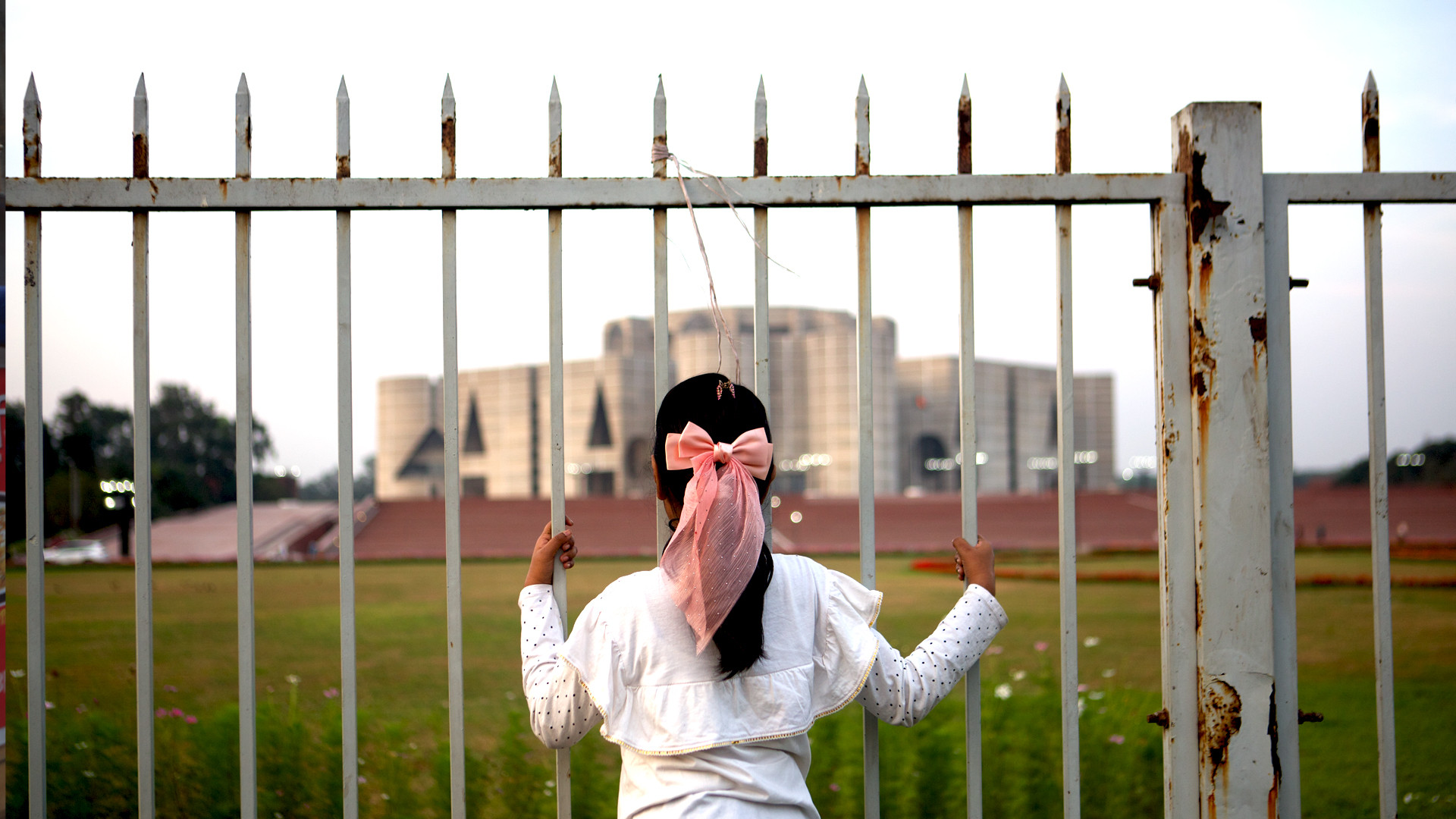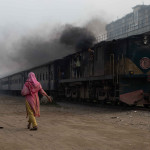Report on Access to Parliament Plaza: A Human Rights and Cultural Perspective
The Jatiyo Sangsad Bhaban (National Parliament Building) in Dhaka, Bangladesh, is a globally celebrated architectural masterpiece designed by Louis I. Kahn, with support from Muzharul Islam. Beyond being a legislative complex, it was envisioned as a symbol of democracy — where public spaces, including the Parliament Plaza, would be open and accessible to the people. However, over the years, successive governments have imposed severe restrictions on public access to these spaces, creating significant human rights and cultural concerns.
This report highlights the background, the original intent behind the Plaza’s design, the current situation, and the implications of restricting access for the people of Bangladesh.
Background
- The Jatiyo Sangsad complex, designed by Louis Kahn between 1962 and 1982, was intended to reflect the spirit of democracy, inclusiveness, and Bangladesh’s riverine landscape.
- The design integrates the Main Plaza, South Plaza, and Presidential Plaza, with interconnected gardens, lakes, and public walkways.
- Kahn's philosophy was to create a monumental yet accessible space where citizens could feel part of the democratic process and national identity.
- The Parliament complex won international recognition, including the Aga Khan Award for Architecture in 1989, partly due to its public-centered design.
Design Intent for Public Access
Louis Kahn’s design concept made it clear:
- The Parliament was not just a building for lawmakers, but a public plaza where citizens could gather, interact, and engage with their nation's democracy.
- Open spaces, water bodies, and gardens surrounding the building were intended for free public use, symbolizing transparency and unity.
- Kahn envisioned architecture that physically and spiritually connected people to their government.
Current Situation
- Over time, access to the Parliament Plaza has been heavily restricted, with large areas fenced off and security zones expanded.
- Public gatherings, peaceful protests, and even casual visits by citizens are frequently banned or limited.
- Official reasons given for the restrictions include security concerns and protection of government property.
- These limitations directly contradict the original democratic spirit of the space.
Human Rights Implications
Restricting access to Parliament Plaza raises serious human rights concerns:
- Freedom of Assembly: Citizens are denied their right to peacefully gather in symbolic democratic spaces.
- Freedom of Movement: The public is restricted from accessing a national monument designed for them.
- Cultural Disconnection: Future generations risk losing their connection to one of Bangladesh's most iconic symbols of democracy and unity.
- Suppression of Civic Engagement: Limited access weakens citizens' participation in democratic processes.
Recommendations
- Restore Public Access
- Implement controlled but open access policies allowing citizens to visit and enjoy the Parliament Plaza without unnecessary barriers.
- Strengthen Security Without Exclusion
- Introduce modern security measures (such as scanning and visitor passes) that ensure safety without blocking public rights.
- Create Public Gathering Zones
- Designate specific areas around the Plaza for peaceful gatherings, cultural events, and civic education.
- Educational Programs
- Promote awareness among visitors about the history, architecture, and democratic values symbolized by the Parliament complex.
- Honor Louis Kahn’s Vision
- Respect the original architectural and democratic ideals by preserving the Parliament Plaza as a true public space for Bangladeshis.
Conclusion
The Jatiyo Sangsad Bhaban is not only a functional seat of government but also a national monument for the people. Access to the Parliament Plaza is more than a physical right — it represents the people's connection to democracy, history, and culture. Restoring public access in line with Louis Kahn’s vision would be a significant step toward strengthening democratic values and honoring Bangladesh’s architectural and cultural heritage.


